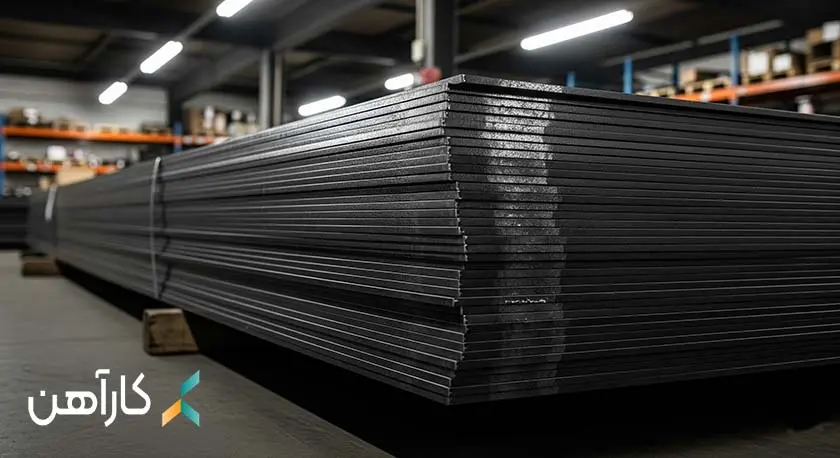
Title: Debunking 7 Common Myths About Black Steel Sheets – The Truth Revealed!
What Are Black Steel Sheets?
Black steel sheets, also known as hot-rolled carbon steel sheets, are produced through high-temperature rolling processes. Unlike galvanized or painted sheets, black steel sheets have a natural dark surface called mill scale, which forms during production. While this scale provides some corrosion resistance, the sheets require additional coatings for long-term rust protection.
Due to their mechanical strength, weldability, and cost-effectiveness, black steel sheets are widely used in industrial and structural applications. Their affordability and accessibility make them a staple in construction and metal manufacturing, favored by contractors and engineers alike.
Debunking the Top 7 Myths About Black Steel Sheets
Myth 1: Black Steel Rusts Immediately Upon Contact with Moisture
Fact: While black steel lacks anti-corrosive coatings, the mill scale acts as a temporary protective layer, preventing immediate rusting. With proper protective measures—such as painting, oiling, or powder coatings—black steel can withstand humid environments for extended periods.
Myth 2: Black Steel Is More Expensive Than Alternatives
Fact: Black steel sheets are more affordable compared to galvanized or stainless steel sheets, making them an economical choice for budget-conscious projects. Their cost-efficiency and reliable performance make them a preferred material in industrial and construction projects.
Myth 3: Black Steel Is Unsuitable for Outdoor Use
Fact: While black steel is more prone to corrosion in open or humid environments compared to galvanized steel, it remains a viable option with proper protective treatments. Anti-rust paints, epoxy coatings, or industrial oils can significantly enhance its durability in harsh conditions.
Myth 4: Black Steel Cannot Handle Heavy-Duty Applications
Fact: Black steel sheets boast high tensile strength and can withstand heavy loads, making them ideal for industrial construction and structural projects. Their mechanical resistance depends on chemical composition, carbon content, and production quality—not surface appearance.
Myth 5: Black Steel Is Difficult to Work With
Fact: Hot-rolled black steel is highly formable, allowing easy cutting, bending, and shaping without cracking. Its excellent weldability also makes it a top choice for constructing machinery, steel frameworks, and industrial equipment.
Myth 6: Black Steel Lacks Flexibility and Weldability
Fact: Contrary to misconceptions, black steel is highly flexible and weldable due to its hot-rolling process. It can be easily molded into complex shapes and welded using standard industrial methods, making it indispensable in metal fabrication.
Myth 7: A Rough Surface Indicates Poor Quality
Fact: The slightly rough texture of black steel is a natural result of the hot-rolling process and does not affect its structural integrity. Quality depends on chemical composition, production standards, and quality control—not surface smoothness.
Best Practices for Using & Maintaining Black Steel Sheets
To maximize durability and lifespan, follow these guidelines:
- Apply primer, paint, or powder coatings to prevent rust.
- Store sheets in dry, covered areas away from direct moisture.
- Conduct periodic inspections and repair coatings as needed.
- Use anti-corrosion treatments in humid or corrosive environments.
- Avoid scratches or damage to the mill scale during handling.
Conclusion
Black steel sheets are a durable, cost-effective, and versatile material widely used across industries. By debunking common myths—especially regarding pricing and performance—engineers and contractors can optimize their use, reduce costs, and enhance project efficiency.
For expert advice and up-to-date pricing, contact 021-67145 or visit karahan.ir. Our specialists are ready to assist with your inquiries.